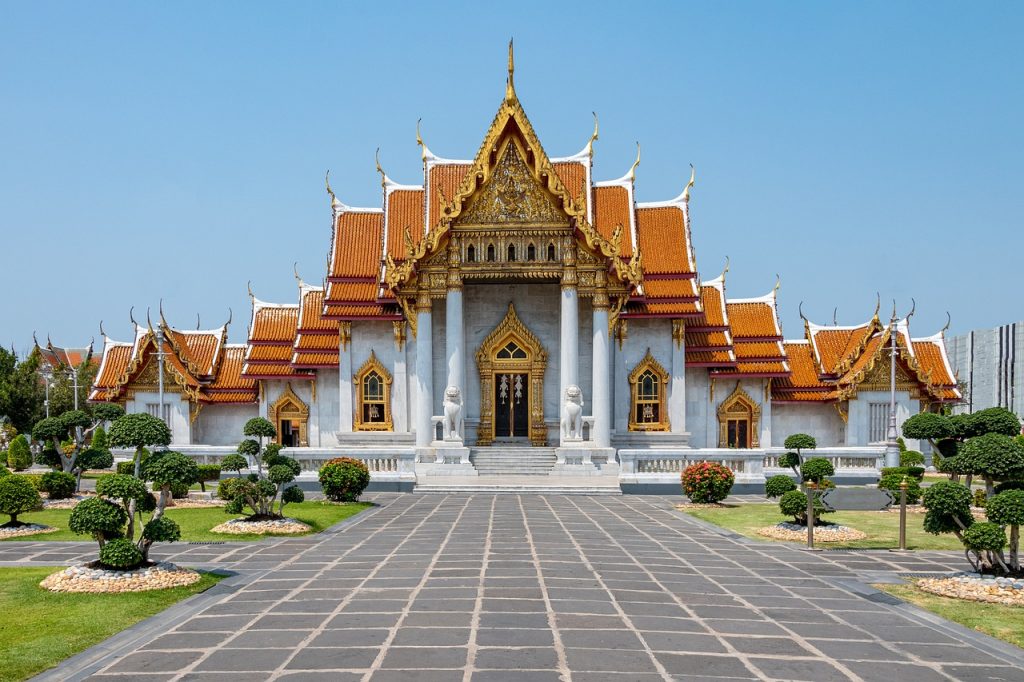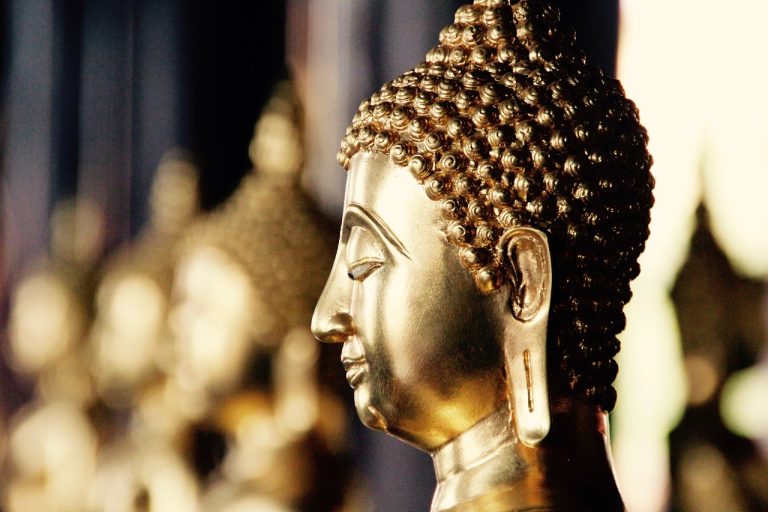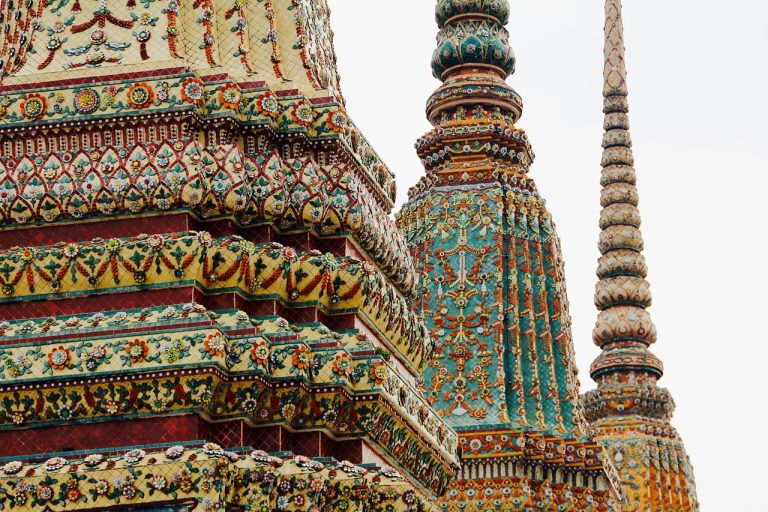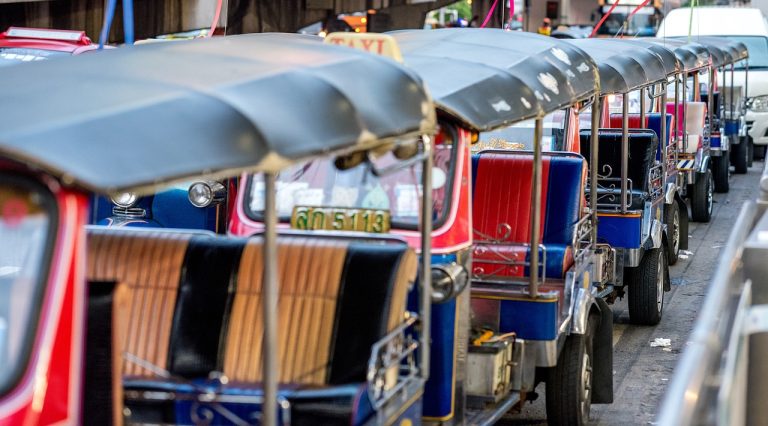Bangkok Thailand Video
Public Transportation in Bangkok Thailand: A Complete Guide
Bangkok, the capital city of Thailand, is known for its vibrant culture, bustling streets, and stunning temples. As a popular tourist destination, navigating the city can be a daunting task, but with an extensive public transportation system, getting around Bangkok has never been easier. In this guide, we will explore the various modes of public transportation available in Bangkok, including buses, the BTS Skytrain, the MRT subway system, taxis, tuk-tuks, and boats.
Buses
- Convenience: Bangkok’s bus network is extensive, covering almost every corner of the city. Buses operate from early morning till late at night, providing a convenient mode of transportation for both locals and tourists.
- Bus Types: There are different types of buses in Bangkok, including regular buses, air-conditioned buses, and micro buses. Air-conditioned buses are more comfortable, especially during hot weather.
- Bus Stops: Bus stops are located throughout the city and are marked with signs displaying the bus route numbers. Some bus stops also have electronic boards that indicate the estimated arrival time of the next bus.
- Payment: Bus fares can be paid in cash directly to the conductor or by using a stored value card known as the “Rabbit Card.” The Rabbit Card offers convenience and can also be used on other modes of transportation in Bangkok.
- Tips: To ensure a smooth bus journey, it is advisable to plan your route in advance using a navigation app, such as Google Maps. This will help you determine the correct bus number and the nearest bus stop to your destination.
Buses in Bangkok are identified by their number and color-coded signs. The fare is relatively cheap, making it an affordable option for budget travelers. However, traffic congestion during peak hours can sometimes lead to delays.
Regular buses have fixed fares, while air-conditioned buses have slightly higher fares but offer a more comfortable ride. Micro buses are smaller and usually operate on specific routes.
It is important to note that bus stops can be crowded, especially during rush hours. Be prepared to queue and keep an eye out for your bus as it approaches.
Make sure to have small change when paying with cash, as the conductor may not always have change for larger bills.
Additionally, be aware of your belongings and keep them secure while on the bus, as pickpocketing incidents can occur in crowded buses.
Bangkok Thailand Image 1:
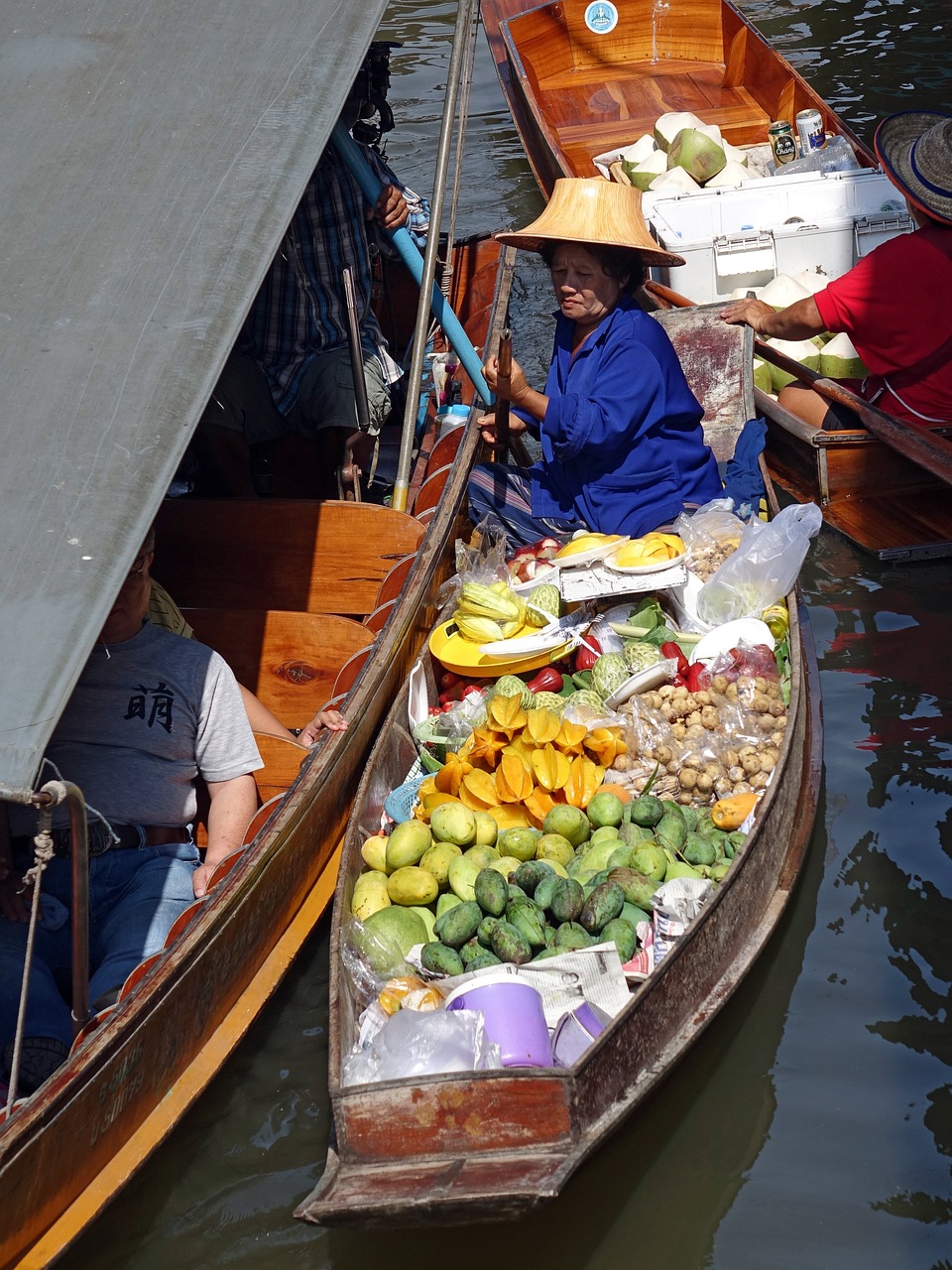
BTS Skytrain
- Accessibility: The BTS Skytrain is an elevated rapid transit system that serves both locals and tourists in Bangkok. It is known for its efficiency, cleanliness, and air-conditioned cabins.
- Ticketing: To ride the BTS Skytrain, you need to purchase a token or use a stored value card, such as the Rabbit Card. The fares vary based on the distance traveled, and the tokens can be purchased from ticket vending machines at the stations.
- Stations: The BTS Skytrain has a total of two lines: the Sukhumvit Line and the Silom Line. Each line has multiple stations, and interchange stations allow passengers to transfer between the two lines.
- Peak Hours: During peak hours, the BTS Skytrain can get crowded, especially on the Sukhumvit Line. If possible, try to avoid traveling during these times to have a more comfortable journey.
- Tips: To avoid any confusion or delays, familiarize yourself with the BTS Skytrain map and plan your route in advance. The BTS Skytrain also connects to other modes of transportation, such as the MRT subway system, making it easier to reach your final destination.
The BTS Skytrain covers major areas of the city, including popular shopping districts and tourist attractions. It operates from early morning till midnight, making it a convenient option for exploring Bangkok.
It is important to keep your ticket or card until you exit the station, as you will need it to pass through the fare gates.
The stations are well-marked with clear signage and maps, making it easy to navigate the system. Most stations also have escalators and elevators for accessibility.
However, if you need to travel during peak hours, be prepared for crowded trains and consider using the first or last carriages, as they tend to be less crowded.
Lastly, be mindful of your belongings and keep them secure, especially during crowded periods.
MRT Subway System
- Efficiency: The MRT subway system is another convenient mode of transportation in Bangkok. It covers a significant part of the city and is known for its punctuality and cleanliness.
- Ticketing: Similar to the BTS Skytrain, the MRT subway system uses tokens or stored value cards for fare payment. The tokens can be purchased from ticket vending machines at the stations, and the fares vary based on the distance traveled.
- Stations: The MRT subway system consists of two lines: the Blue Line and the Purple Line. Each line has multiple stations, and interchange stations allow passengers to transfer between the two lines.
- Operating Hours: The MRT subway system operates from early morning till midnight. However, it is important to note that the frequency of trains may decrease during off-peak hours.
- Tips: To make the most of your MRT subway journey, plan your route using a navigation app or the official MRT map. Familiarize yourself with the interchange stations to easily transfer between lines.
The MRT operates from early morning till midnight, providing a reliable option for both locals and tourists.
Keep your ticket or card until you exit the station, as it will be required to pass through the fare gates.
Like the BTS Skytrain, the MRT stations are well-marked with clear signage and maps. Escalators and elevators are available for easy accessibility.
If you plan to travel late at night, it is advisable to check the schedule in advance to ensure you can reach your destination.
Additionally, be mindful of the designated seating areas for elderly, pregnant women, and people with disabilities.
Bangkok Thailand Image 2:

Taxis
- Availability: Taxis are a popular mode of transportation in Bangkok, offering convenience and comfort. Taxis can be found throughout the city, and they can be hailed on the street or booked through ride-hailing apps.
- Fares: Taxis in Bangkok operate on a metered basis, and the fare is calculated based on distance and time. It is important to ensure that the driver starts the meter at the beginning of the journey.
- Traffic: Bangkok is known for its traffic congestion, especially during peak hours. This can significantly impact travel time, so it is important to consider the potential delays when planning your journey.
- Tips: When taking a taxi in Bangkok, it is helpful to have the destination address written in Thai or show it on a map. This can avoid any miscommunication or confusion with the driver.
Taxis in Bangkok are easily recognizable by their bright colors, typically green and yellow or pink. They are equipped with meters to ensure fair fares.
Be aware that some drivers may refuse to use the meter and negotiate a fixed fare instead. It is advisable to insist on using the meter or find another taxi.
If you are in a rush or prefer a faster mode of transportation, consider using the BTS Skytrain or MRT subway system instead.
Additionally, keep small change handy for paying the fare and be cautious of your belongings, especially when traveling with luggage.
Tuk-tuks
- Iconic: Tuk-tuks are a unique and iconic mode of transportation in Bangkok. These small, three-wheeled vehicles are open-air and offer a thrilling way to explore the city.
- Negotiation: Unlike taxis, tuk-tuks do not have meters, and the fare needs to be negotiated with the driver before starting the journey. It is essential to agree on the fare upfront to avoid any misunderstandings later.
- Short Distances: Tuk-tuks are best suited for short distances or quick trips around the city. They are not recommended for long journeys, as they can be less comfortable and may not provide adequate protection from the weather.
- Tips: When riding a tuk-tuk, be prepared for the open-air experience and the noise of the bustling city. It is advisable to hold on to your belongings tightly and be cautious of your surroundings.
Tuk-tuks are especially popular among tourists due to their charm and the experience they provide.
Keep in mind that tuk-tuk fares are generally higher compared to taxis, and they may vary depending on the distance and the driver’s initial asking price.
Consider using other modes of transportation, such as taxis or the BTS Skytrain, for longer trips.
Also, remember to negotiate the fare before getting in and enjoy the unique ride through the streets of Bangkok.
Bangkok Thailand Image 3:

Boats
- River Transportation: Bangkok is bisected by the Chao Phraya River, and boats offer an alternative mode of transportation for exploring the city. There are various types of boats, including public ferries, express boats, and long-tail boats.
- Public Ferries: Public ferries operate along the Chao Phraya River, stopping at designated piers. They are an affordable option for crossing the river or exploring riverside attractions.
- Express Boats: Express boats are faster and more expensive than public ferries. They operate on a fixed schedule and offer a quicker way to travel along the river.
- Long-tail Boats: Long-tail boats are traditional Thai boats that can be hired for private tours or transfers. They are commonly used for exploring the canals, known as khlongs, in the Thonburi area.
- Tips: When using boats in Bangkok, be aware of the operating hours and schedules. It is also important to check the destination of the boat to ensure it stops at your desired pier.
Boats provide a unique way to experience Bangkok’s riverside attractions and offer scenic views of the city’s landmarks.
Public ferry fares are fixed and can be paid in cash directly to the ferry staff upon boarding.
Express boat fares vary based on the distance traveled. Tickets can be purchased at the pier before boarding.
The fares for long-tail boats are negotiable, and it is advisable to agree on the price and duration of the trip before boarding.
Boats can be crowded during peak hours, so plan your journey accordingly and be mindful of your belongings.
Conclusion
With its diverse and extensive public transportation system, navigating Bangkok has become more convenient than ever. Whether you prefer the efficiency of the BTS Skytrain and MRT subway system, the charm of tuk-tuks, or the scenic views offered by boats along the Chao Phraya River, there is a mode of transportation to suit every traveler’s preference.
Remember to plan your routes in advance, familiarize yourself with the different fare payment methods, and be cautious of your belongings throughout your journey. By utilizing the various public transportation options available in Bangkok, you can explore the city with ease and make the most of your visit.
References
- Bangkok Mass Transit System: www.bts.co.th
- Bangkok Metro: www.bangkokmetro.co.th
- Transport Co

